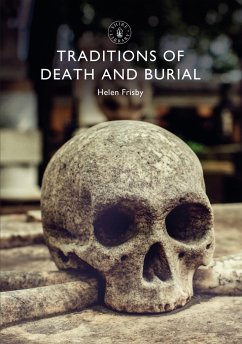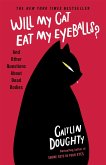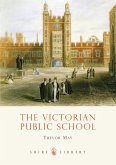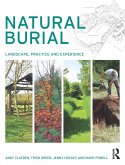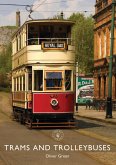Death has been a source of grief and uncertainty for humanity throughout history, but it has also been the inspiration for a plethora of fascinating traditions. The covering of mirrors to prevent the departed spirit from seeing itself; the passing bell rung to assist the soul to heaven; the 'sin eater' who sat beside a coffin eating and drinking to 'absorb' the corpse's sins - all of these were common approaches at one time or another. Yet in the modern day, death has become more clinical than spiritual, something kept hidden behind closed doors. This beautifully illustrated history explores English approaches to death and burial from the medieval era to the present day, exploring ancient customs which have long since lapsed, those such as lighting candles that have survived until the present day, and new approaches such as eco-burials, which are changing how we relate to death, dying and the dead.

